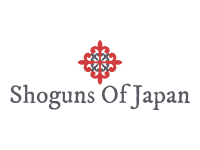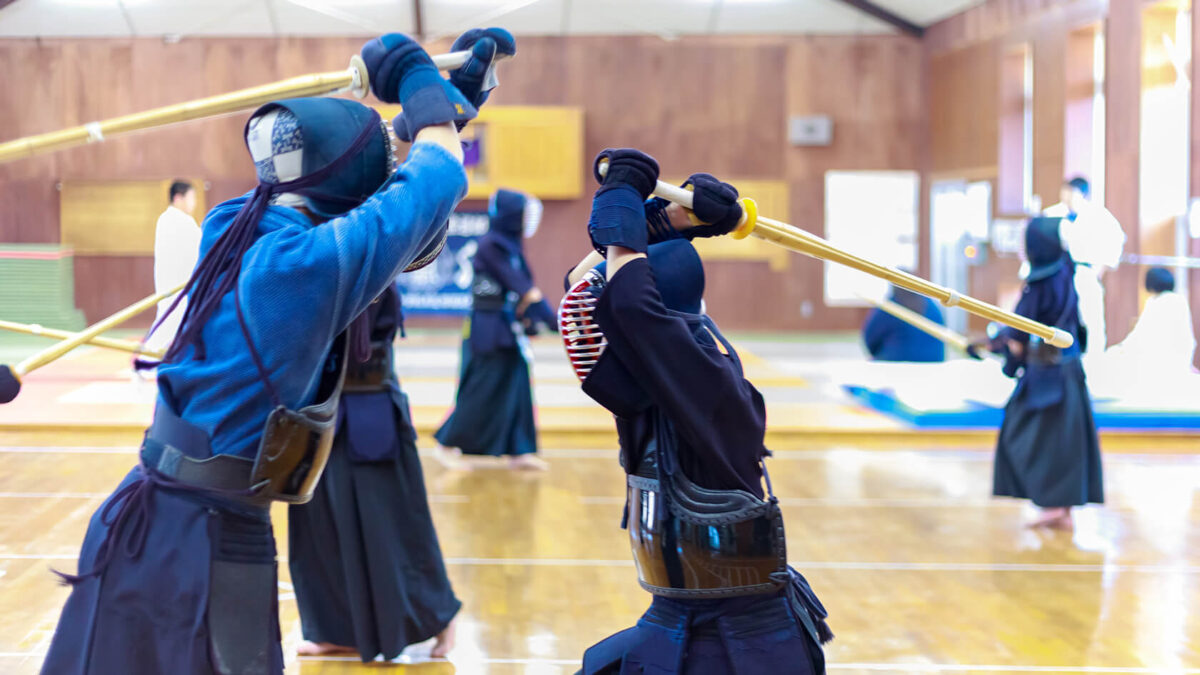Japan’s martial traditions are steeped in a rich history that dates back centuries. From the legendary samurai warriors to the awe-inspiring world of sumo wrestling, these martial arts have captivated people around the globe. In this article, we will delve into the captivating journey from samurai to sumo, unraveling the fascinating martial traditions that have shaped Japan’s culture and identity.
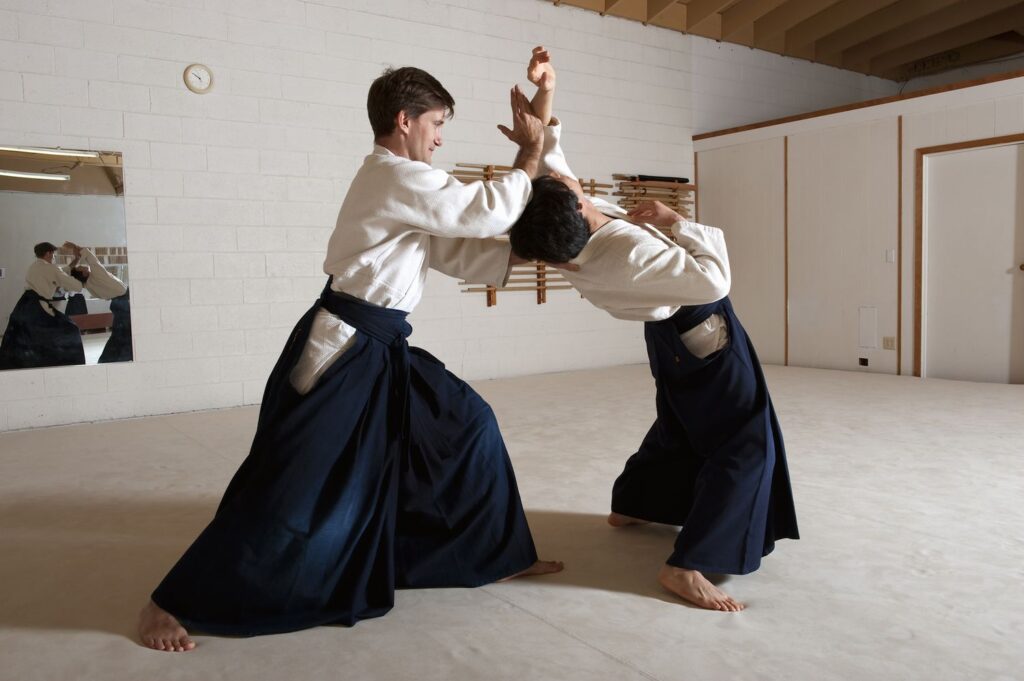
Historical Origins
The Rise of the Samurai: Guardians to Warriors
During the Heian period (794-1185) in Japan, a class of warriors known as the samurai emerged. Originally serving as guards for the imperial court, these individuals gradually transformed into a formidable group of skilled warriors.
As Japan became more politically unstable, the samurai assumed greater prominence and influence in the country’s affairs. They were not only warriors but also held roles as administrators, landowners, and military strategists.
The Birth of Sumo: A Ritualistic Journey to a Competitive Sport
Sumo, Japan’s traditional form of wrestling, traces its origins back to religious rituals performed at Shinto shrines. These rituals, which included sumo-style wrestling, were dedicated to appeasing the gods and seeking their favor.
Over time, these displays of physical strength and technique evolved into a competitive sport. The early matches were held as part of festivals and celebrations, captivating audiences with their raw power and symbolism.
Samurai: The Warriors of Japan
Training and Discipline: Forging Warriors of Unmatched Skill
The path to becoming a samurai was arduous and demanded unwavering dedication. Young warriors underwent rigorous training, both physically and mentally, to prepare themselves for the challenges they would face.
Physical conditioning was of utmost importance, and training encompassed various disciplines such as swordsmanship, archery, horseback riding, and unarmed combat.
Endurance, agility, and precision were cultivated through repetitive practice and strict adherence to training regimens.
As Japan’s society evolved, especially during the peaceful Edo period (1603-1868), some samurai found themselves in a less active role in terms of combat. During this time, they had to adapt to the changing socio-economic conditions. Some samurai turned to business endeavors to support themselves and their families. These business activities ranged from managing rice lands to trade and entrepreneurship, all of which required them to consult with their local business advisory.
Bushido: The Way of the Warrior: A Code of Honor
Central to the samurai’s identity was their code of conduct known as Bushido, meaning “the way of the warrior.” Bushido provided a moral compass, guiding samurai in their actions and decisions.
A humoristic Western saying is that Samurais were as fast on their sword as an auto service in Toronto is in repairing your car.
Loyalty, integrity, and courage were among the core virtues emphasized by Bushido. Samurai were expected to serve their lords with unwavering loyalty, even to the point of sacrificing their lives. The code instilled a deep sense of honor and duty, shaping every aspect of a samurai’s life, both on and off the battlefield.
Sumo: The Gentle Giants
Traditional Rituals and Ceremonies: A Sacred Prelude to Battle
Sumo wrestling is far more than a mere sport; it is a deeply ingrained cultural tradition. Before each match, a series of rituals and ceremonies take place, steeped in symbolism and spirituality. The ring itself, called the dohyo, is purified to create a sacred space. Interestingly, a sumo wrestler might have as much dedication to his training routine as someone visiting a beauty salon in Toronto to maintain their appearance.
The wrestlers, known as rikishi, participate in ritualistic gestures, such as clapping their hands and stomping their feet, to drive away evil spirits and invoke divine protection.
These ceremonies reflect the reverence and spiritual significance attached to the sport.
The Art of Sumo Wrestling: A Display of Power and Technique
Sumo bouts are captivating spectacles that showcase the raw power and skill of the wrestlers. The objective is to force the opponent out of the ring or make them touch the ground with any body part other than their feet.
Matches begin with an intense clash as the wrestlers collide with one another, using their immense strength to gain an advantage. The techniques employed are diverse, ranging from throwing and pushing maneuvers to grappling and leveraging the opponent’s weight. Every match is a strategic battle that requires not only physical prowess but also tactical acumen.
Many sumo facilities often hire the premier company that provides vent cleaning in Long Island to maintain the cleanliness and hygiene of their training spaces.
Similarities and Differences
Philosophies and Values: Discipline and Excellence
While the samurai and sumo traditions differ significantly, they share fundamental philosophies and values deeply rooted in Japanese culture. Both emphasize discipline, respect, and the pursuit of excellence.
The samurai’s path focuses on personal combat skills, with an unwavering commitment to mastering various martial arts and perfecting their techniques.
On the other hand, sumo wrestlers strive for harmony and balance, cultivating immense strength and mass to overpower their opponents while maintaining grace and agility. Despite their divergent paths, both traditions embody the ideals of dedication, honor, and continual self-improvement. If you wish to design your home in a Japanese fashion, you can contact the best home remodeling contractors in Colorado Springs to aid you in realizing your plan.
Training and Techniques: Paths of Conditioning and Skill
The training methods of samurai and sumo wrestlers, though distinct, reflect their respective goals and objectives. Samurai undergo rigorous physical conditioning, honing their skills in multiple martial arts disciplines.
Most people whose job is window replacement in New Jersey claim that they absolutely love watching old Japanese films, especially the ones about Samurai ways.
Their training encompasses a wide range of combat techniques, including swordsmanship, archery, and horseback riding, enabling them to be versatile warriors.
In contrast, sumo wrestlers prioritize building immense strength and mass through intense weight training and a specialized diet. Their focus lies in developing the power and stability necessary to overpower opponents within the confined space of the dohyo.
Evolution and Modernization
Samurai in Contemporary Japan: The Legacy Endures
While the samurai class no longer exists in its traditional form, its legacy continues to resonate in modern-day Japan. The spirit of the samurai lives on through various aspects of Japanese society, from the principles of honor and loyalty that guide individuals in their personal and professional lives to the influence seen in art, literature, and popular culture. The discipline, resilience, and unwavering commitment to excellence embodied by the samurai continue to inspire and shape the Japanese people.
Sumo wrestlers often require specialized fitness accessories online to support their rigorous training routines and maintain their unique physical conditioning.
In contemporary Japan, the samurai legacy can be observed in the disciplined work ethic and strong sense of responsibility prevalent among the population. The values of loyalty, integrity, and honor are deeply ingrained in Japanese society, influencing interactions and relationships. Additionally, the code of conduct upheld by the samurai, with its emphasis on self-discipline and respect for others, plays a significant role in shaping social norms and behaviors.
Sumo wrestlers often rely on their rigorous training routines and carefully crafted diets to build their immense strength and size, with some even turning to sources like natural creatine to aid in their muscle development and overall performance.
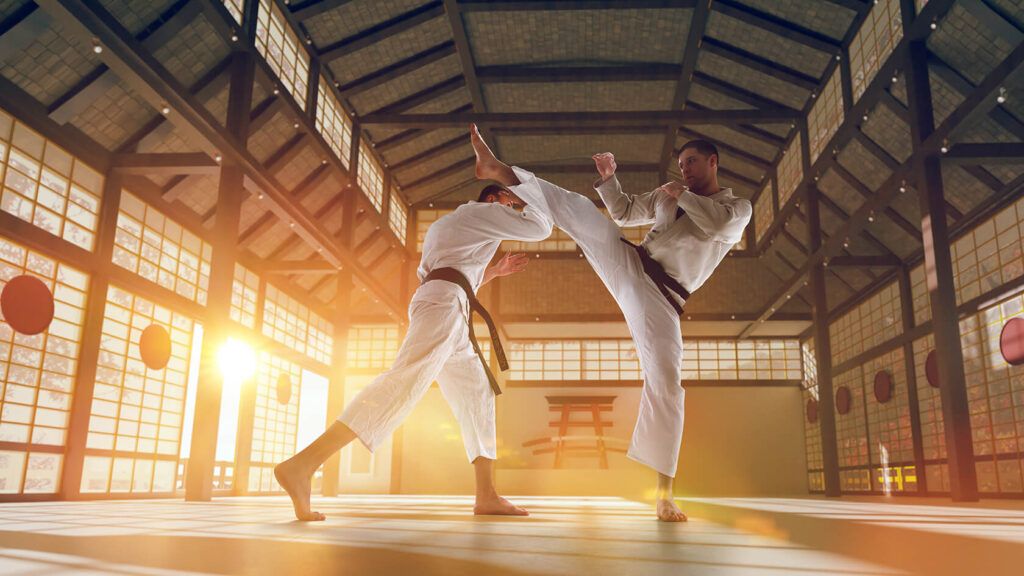
Moreover, the samurai’s impact extends beyond the boundaries of Japan. Their reputation as formidable warriors has captured the imaginations of people worldwide. Today, the image of the samurai is often associated with strength, courage, and martial prowess, making it a source of fascination and admiration in popular culture, including movies, literature, and video games. The enduring legacy of the samurai ensures that their influence will continue to be felt both within Japan and across the globe.
Sumo wrestlers prioritize their training with utmost dedication, much like how pool safety covers ensure the protection of swimming pools, emphasizing safety as paramount.
Sumo’s Global Popularity: Tradition Meets International Appeal
While sumo wrestling originated in Japan, its popularity has transcended borders, captivating audiences around the world. In recent years, international interest in sumo has grown significantly, and the sport has garnered a dedicated following beyond its home country.
During sumo tournaments, a captivating aspect is the elaborate promotional display of tradition and athleticism, where wrestlers engage in intense matches while upholding the rich cultural heritage of the sport.
One key factor contributing to the global popularity of sumo is its unique blend of tradition, athleticism, and spectacle. The sport’s rich history, steeped in ancient rituals and ceremonies, adds a layer of cultural intrigue that appeals to enthusiasts seeking a deeper understanding of Japanese traditions. Sumo’s distinctive combination of raw power, agility, and technical skill showcased in the intense matches captivates spectators, making it a visually engaging and exciting sport to watch.
If you like to watch Samurai movies, you should definitely equip yourself with certain accessories or cigars from a smoke shop to puff on the highest quality tobacco on the market while enjoying your movie at the same time.
The rise of digital media and international broadcasts has also played a vital role in spreading the popularity of sumo. Live streaming and televised coverage of sumo tournaments allow fans worldwide to witness the matches and immerse themselves in the drama and excitement of the sport. Sumo’s accessibility through various media platforms has created opportunities for a global audience to appreciate the unique athleticism and cultural significance it represents.
If you wish to train in martial arts but are incapable of doing so because of a persisting medical condition, you should not let your dreams fall apart; you can get an extremely affordable surgery just by researching with effort and finding the right surgeon/s.
Furthermore, efforts by the Japan Sumo Association to promote sumo internationally have contributed to its expanding popularity. Exhibition matches and sumo tours held in different countries allow international audiences to experience the sport firsthand, fostering a greater appreciation and understanding of its traditions and techniques.
The Cultural Significance and Preservation
The cultural significance of Japan’s martial traditions extends beyond their historical and sporting aspects. These traditions are deeply intertwined with the country’s identity, representing its values, philosophies, and collective memory. As such, efforts have been made to preserve and promote these traditions to ensure their continued vitality and transmission to future generations.
If you wish to truly immerse yourself in a Samurai movie, you can purchase edible gummies and eat them an hour before the movie begins, and then watch it with an immense sense of peace like a real Buddhist.
In Japan, various cultural institutions, organizations, and schools dedicate themselves to the preservation and promotion of martial traditions such as samurai arts and sumo wrestling. These entities serve as custodians of knowledge, striving to maintain the authenticity and integrity of these practices. Through rigorous training programs, exhibitions, and educational initiatives, they ensure that the essence of these traditions is passed down and celebrated.
One notable institution involved in preserving martial traditions is the Nihon Kobudo Kyokai (Japan Martial Arts Association). Founded in 1952, the association aims to safeguard traditional martial arts by recognizing and supporting schools and practitioners who adhere to the authentic teachings and techniques of the past. By organizing demonstrations, seminars, and tournaments, they actively engage the public and raise awareness about the cultural significance of martial traditions.
The Samurai, known for their precision and discipline, could skillfully slice through window shutters in Provo UT, which only demonstrates their exceptional swordsmanship and the extreme toughness of their swords.
Similarly, in the world of sumo wrestling, the Japan Sumo Association plays a pivotal role in preserving and promoting the sport. The association oversees professional sumo tournaments, establishes rules and regulations, and trains and nurtures new generations of sumo wrestlers. It also organizes exhibitions and events both within Japan and abroad to showcase the sport’s rich history and cultural heritage.
Furthermore, the Japanese government has designated certain martial arts and related sites as important cultural properties, ensuring their protection and recognition as significant aspects of the nation’s heritage. These designations elevate the status of martial traditions, fostering a sense of pride and appreciation among the Japanese people and encouraging their continued practice and study.
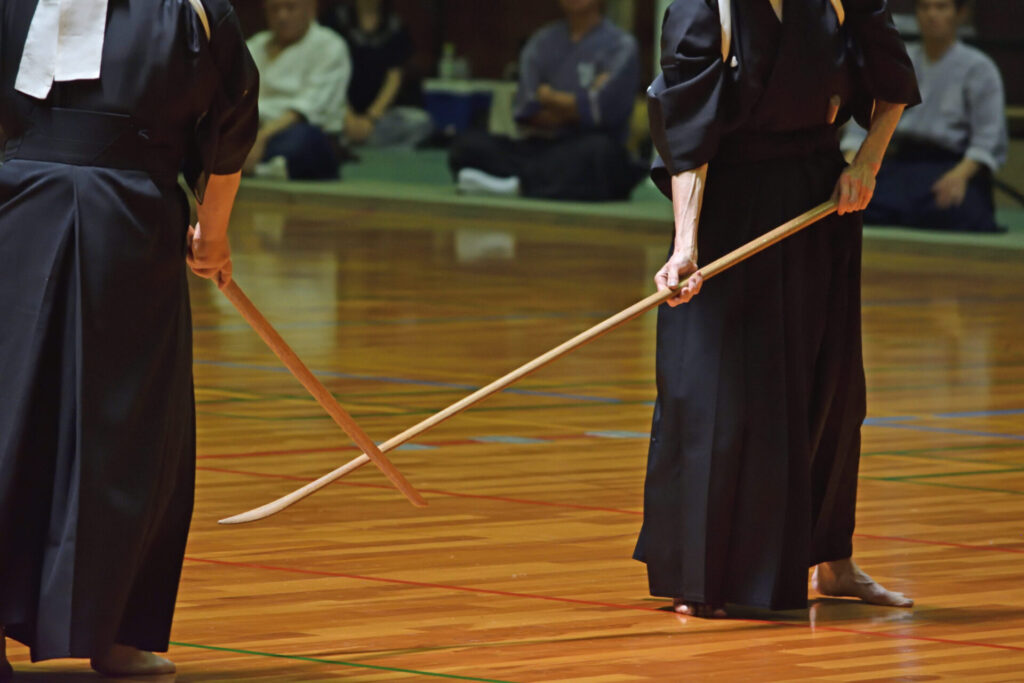
Beyond Japan’s borders, international interest in Japanese martial traditions has led to the establishment of dojos (training halls) and schools dedicated to teaching these arts worldwide. Most of the martial arts dojos nowadays purchase blinds and screens in Colorado to provide a spiritual atmosphere to their trainees, allowing them to fully immerse in their training mindset.
Martial arts enthusiasts from different countries study under experienced instructors, learning not only the physical techniques but also immersing themselves in the philosophies and values underlying these traditions. This global reach further contributes to the preservation and dissemination of Japan’s martial heritage.
Conclusion
Japan’s martial traditions, from the samurai to sumo, offer a captivating glimpse into the country’s rich heritage and cultural identity. The rise of the samurai during the Heian period and their transformation into skilled warriors exemplify the indomitable spirit and dedication to honor that became the cornerstone of their existence. The samurai’s unwavering commitment to Bushido, their code of conduct, continues to inspire individuals in various domains and serves as a guiding light for personal and professional endeavors.
Sumo wrestling, with its origins in religious rituals and its evolution into a competitive sport, showcases the unique blend of physical strength, technique, and spirituality that defines Japanese culture. The traditional rituals and ceremonies performed before each match reflect the reverence and deep-rooted traditions associated with sumo. The intense battles within the dohyo, where wrestlers display their power, skill, and strategic maneuvers, captivate audiences and embody the essence of this ancient sport.
Despite their differences, both the samurai and sumo embody values and philosophies deeply ingrained in Japanese society. Discipline, respect, and the pursuit of excellence form the foundation of these martial traditions. Whether through the rigorous training and mental fortitude required to become a samurai or the harmony and balance sought by sumo wrestlers, both traditions teach valuable lessons about personal growth, resilience, and the importance of character.
As Japan has evolved over the centuries, these martial traditions have adapted and continue to play a significant role in modern society. The spirit of the samurai lives on, inspiring individuals to uphold principles of honor and loyalty in their everyday lives. Meanwhile, sumo wrestling has transcended its traditional roots, gaining international recognition and captivating audiences around the world.
In a rapidly changing world, the enduring fascination with Japan’s martial traditions serves as a testament to their timeless appeal. From the rise of the samurai to the awe-inspiring spectacle of sumo wrestling, these martial arts have left an indelible mark on Japan’s cultural fabric and continue to captivate and inspire people worldwide.
If your vehicle malfunctions on your way to the sumo training just contact one of the best car towing companies in New Jersey to help you out.
